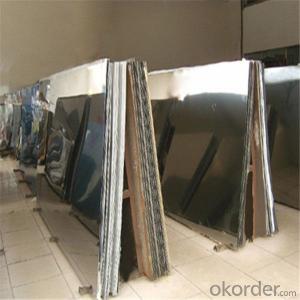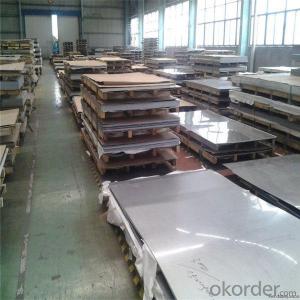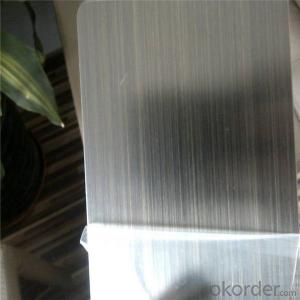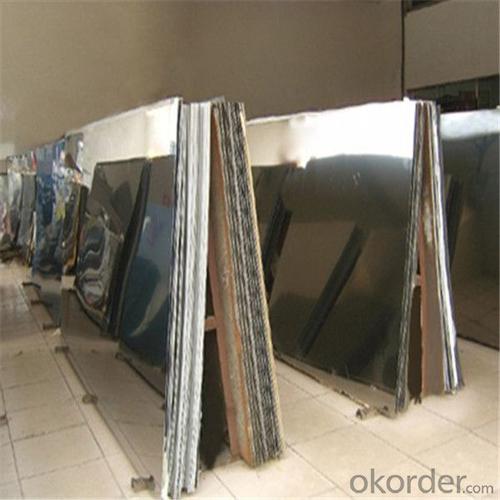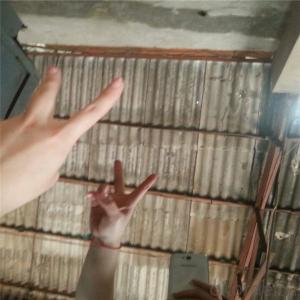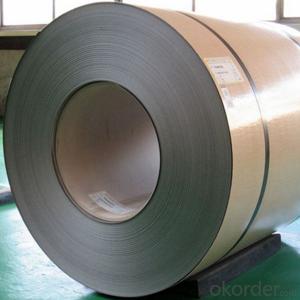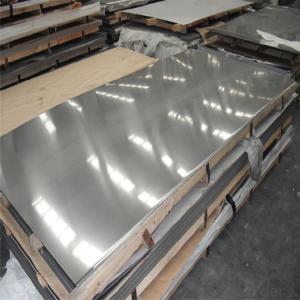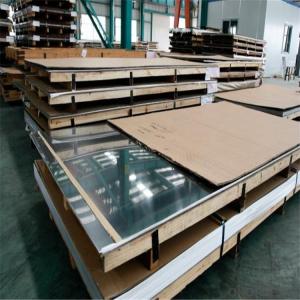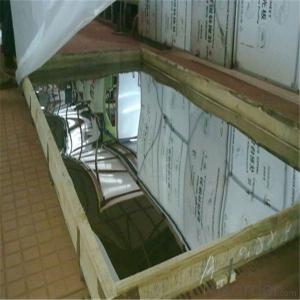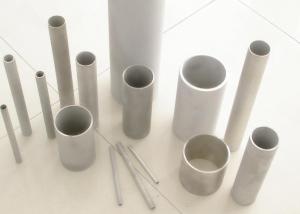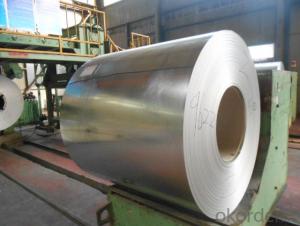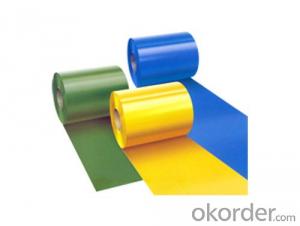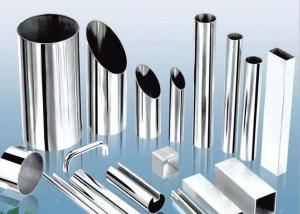201 202 304 316 Stainless Steel Sheet Hair Line Finish
- Loading Port:
- Shanghai
- Payment Terms:
- TT OR LC
- Min Order Qty:
- 3 m.t.
- Supply Capability:
- 20000 m.t./month
OKorder Service Pledge
OKorder Financial Service
You Might Also Like
Specification
Product Description
201 202 304 316 Hair Line Finish Stainless Steel Sheet
| Name | 201 202 304 316 Hair Line Finish Stainless Steel Sheet |
| Grade | 201,202,304,304L,316,316L,310S,309S,321,301,310,410,420,430,904L |
| Brand | TISCO ,BAOSTEEL,POSCO,JISCO,LISCO |
| Certification | SGS,BV,IQI,TUV,ISO,etc |
| Thickness | 0.2mm-150mm |
| Width | 1000,1219,1250,1500mm,?or as your requirements |
| Length | 2000,2438,2500,3000,6000mm,?or as your requirements |
| Surface | No.1, 2B, BA, 8K Mirror, Hairline,satin, Embossed,brush,No.4,HL,matt,pvc film,laser film. |
| Standard | ASTM,AISI,SUS,JIS,EN,DIN,GB, ASME,etc |
| Delivery Time | 5-7 days after confirming the order |
| MOQ | 1 Ton |
| Payment Terms | 30% deposit by T/T, the balance should be paid off before delivery |
201 202 304 316 Hair Line Finish Stainless Steel Sheet
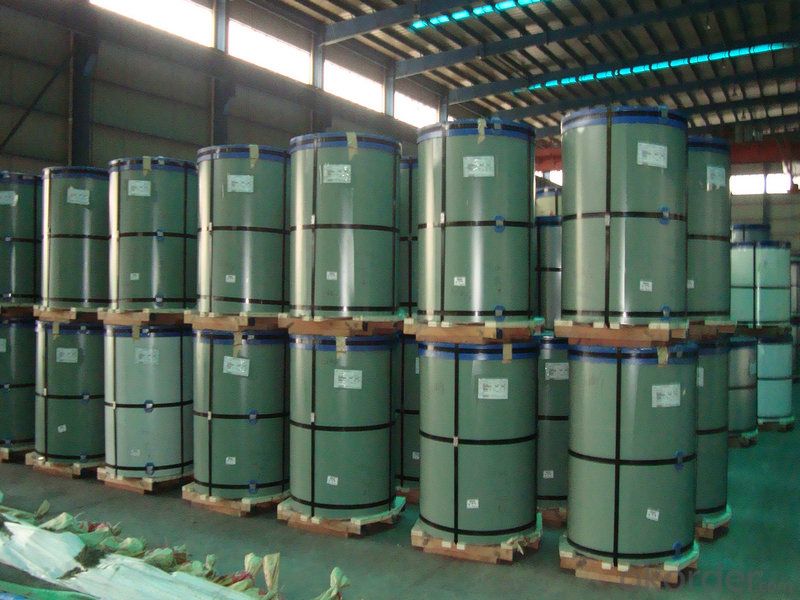
4.Hot rolled stainless steel plate
Thickness : 3.0mm-120mm
Width : 1219mm/1500mm/1800mm/2000mm
Length : 2000mm/2438mm/4000mm/6000mm or cutting randomly
Model size : 3.0mm-120mm(TK)*1219mm(W)*2438mm(L)
3.0mm-120mm(TK )*1500mm(W)*6000mm(L)
3.0mm-120mm(TK) *1800mm(W)*6000mm(L)
3.0mm-120mm(TK) *2000mm(W)*6000mm(L)
Surface : No.1
201 202 304 316 Hair Line Finish Stainless Steel Sheet
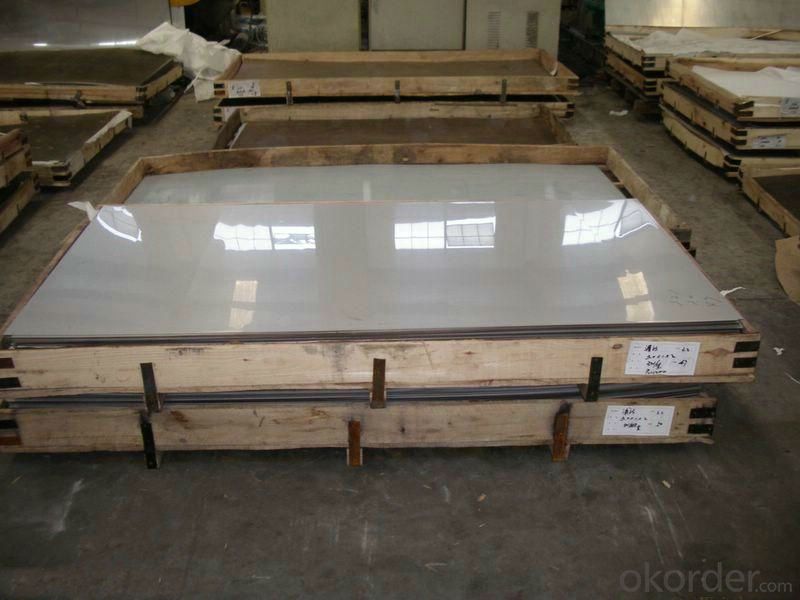
5.Characteristics and application
Surface finish | Characteristics and application |
NO.2B | The surface brightness and flatness of no2B is better than no2D. then through a special surface treatment to improve its mechanical properties,No2B could nearly satisfy comprehensive uses. |
NO.3 | Polished with abrasive belt of git#100-#200, have better brightness with discontinuous coarse stria, used as inner and external ornaments for building, electrical appliances and kitchen utensils etc. |
NO.4 | Polished with abrasive belt of grit #150-#180,have better brightness with discontinuous coarse stria,but thinner than No3, are used as bathtub buildings inner and external ornaments electrical appliances kitchen utensils and food processing equipment etc. |
HL | Polished with abrasive belt of grit #150-#320 on the NO.4 finish and has continuous streaks, mainly used as buildings ornaments elevators,door of building, frontal plate etc. |
BA | Cold rolled, bright annealed and skin-passed, the product have excellent brightness and good reflexivity like mirror,kitchen apparatus,ornament etc. |
8K | The product have excellent brightness and prefer reflexivity can to be the mirror. |
5.Payment : Usually 30% of the amount by T/T as deposit , and the balance money shall be paid by T/T after got the faxed B/L.Or L/C at sight .
6. Package: Kraft paper+Hard board+metal/wooden pallet+metal strip; or based on the customer requirement.
7. USE: construction.machinebuilding,container manufacturing,shipbuilding,bridges and so on.
The operating philosophy of our company : high quality and best service and competitive price and prompt delivery .We sincerely welcome the old and new customers to inquiry the price . any questions and needs you have , pls don't hesitate to contact us anytime .
- Q: How to calculate the weight of stainless steel plate?
- The formula can be calculated according to the weight of stainless steel: area m2*, thickness mm*, density = kg / sheet to calculate the weight that the stainless steel can bear.Stainless steel plate has a smooth surface, high plasticity, toughness and mechanical strength, corrosion of acid, alkaline gas, solution and other medium
- Q: How do you remove scratches from stainless steel sheets?
- To remove scratches from stainless steel sheets, there are a few methods you can try. First, you can start by using a non-abrasive cleaner or a mild detergent mixed with warm water. Apply the solution to the scratched area using a soft cloth or sponge, and gently rub in a circular motion. Rinse the area thoroughly and dry it with a clean cloth. If the scratches are still visible, you can try using a stainless steel scratch removal kit. These kits often contain a polishing compound specifically designed for stainless steel. Apply the compound to the scratched area and use a soft cloth to buff the surface in the direction of the grain. Continue buffing until the scratches are no longer visible. For deeper scratches, you may need to use a fine-grit sandpaper or a stainless steel scratch repair pen. Start by lightly sanding the scratched area in the direction of the grain. Be careful not to apply too much pressure, as this can damage the surface. After sanding, clean the area thoroughly and use a polishing compound to restore the shine. It's important to note that these methods may not completely remove deep scratches, and in some cases, a professional repair may be necessary. Additionally, always test any cleaning or repair method on a small, inconspicuous area before applying it to the entire surface to ensure it does not cause further damage.
- Q: Can stainless steel sheets be used in high-temperature environments?
- Yes, stainless steel sheets can be used in high-temperature environments. Stainless steel is known for its excellent heat resistance properties, making it suitable for various applications in high-temperature environments. The specific grade of stainless steel used and its composition determines its maximum operating temperature. Austenitic stainless steels, such as grades 304 and 316, can withstand temperatures up to 1600°F (870°C) without losing their mechanical strength or corrosion resistance. However, higher alloyed stainless steels, such as grades 309 and 310, are specifically designed to handle even higher temperatures, up to around 2100°F (1150°C). These stainless steel sheets are commonly used in industries like power generation, chemical processing, furnace manufacturing, and aerospace, where exposure to extreme heat is a requirement.
- Q: What is the difference between stainless steel sheets and plates?
- Stainless steel sheets and plates are both types of flat metal materials that are widely used in various industries and applications. However, there are a few key differences between them. 1. Thickness: Stainless steel sheets are generally thinner than plates. Sheets typically have a thickness ranging from 0.4mm to 4mm, whereas plates are usually thicker, starting from 4mm and going up to several inches. 2. Size: Sheets are typically available in standard sizes of 4ft x 8ft or 5ft x 10ft, while plates are usually available in larger sizes and can be customized to specific dimensions. Plates are commonly used for heavy-duty applications that require greater strength and durability. 3. Weight: Due to their difference in thickness, plates are generally heavier than sheets. This makes plates more suitable for applications where weight-bearing capacity is critical, such as construction, shipbuilding, or industrial equipment. 4. Applications: Stainless steel sheets are commonly used for decorative purposes, architectural applications, and smaller-scale projects such as kitchen backsplashes or countertops. Plates, on the other hand, are preferred for structural components, machinery parts, and load-bearing applications like bridges, tanks, or pressure vessels. 5. Cost: Stainless steel plates are generally more expensive than sheets due to their larger size and higher thickness. Sheets, being thinner and smaller, are usually more cost-effective and easily accessible. In summary, the key differences between stainless steel sheets and plates are their thickness, size, weight, applications, and cost. It is important to consider these factors when choosing between the two materials for a specific project or application.
- Q: Are stainless steel sheets suitable for electrical enclosures?
- Yes, stainless steel sheets are suitable for electrical enclosures. Stainless steel has excellent corrosion resistance and durability, making it ideal for protecting electrical components from environmental factors. It provides a high level of protection against water, dust, and other contaminants, ensuring the safety and longevity of the electrical enclosure. Additionally, stainless steel has good electrical conductivity, making it a suitable material for grounding purposes in electrical enclosures.
- Q: What is the maximum temperature stainless steel sheets can withstand?
- The specific grade of stainless steel determines the maximum temperature that stainless steel sheets can endure. Typically, most stainless steel grades can handle temperatures up to approximately 1500°F (815°C) without significant oxidation or scaling. Nevertheless, some high-temperature stainless steel grades like 310 or 321 can endure temperatures up to 2100°F (1150°C) or even higher. To guarantee optimal performance and durability, it is crucial to consider the specific application and grade of stainless steel when determining its maximum temperature resistance.
- Q: Can stainless steel sheets be used for elevator mirrors or panels?
- Yes, stainless steel sheets can be used for elevator mirrors or panels. Stainless steel is a versatile material known for its durability, corrosion resistance, and aesthetic appeal. Elevator mirrors or panels made from stainless steel sheets provide a sleek and modern look while ensuring long-lasting performance in high-traffic areas.
- Q: Can stainless steel sheets be customized in terms of size and shape?
- Yes, stainless steel sheets can be customized in terms of size and shape. Stainless steel is a highly versatile material that can be easily manipulated and transformed to meet specific requirements. Whether it is a large sheet or a small one, stainless steel can be cut, shaped, and resized to fit the desired dimensions. This customization process can be achieved through various techniques such as cutting, bending, welding, and forming. Additionally, stainless steel sheets can also be perforated or embossed to add further customization and enhance their aesthetic appeal. Overall, stainless steel sheets offer great flexibility in terms of size and shape customization, making them suitable for a wide range of applications in industries such as construction, automotive, aerospace, and more.
- Q: Can stainless steel sheets be used for chemical storage tanks?
- Chemical storage tanks can indeed utilize stainless steel sheets. With its exceptional resistance to corrosion and rust, stainless steel proves to be an ideal material for safely harboring chemicals, including acids, alkalis, and other corrosive substances. The robustness and endurance of stainless steel guarantee that the tanks can withstand both the pressure and weight exerted by the stored chemicals. Moreover, stainless steel remains non-reactive, preventing any chemical interactions and ensuring the purity and integrity of the stored substances. The smooth surface of stainless steel further facilitates effortless cleaning and maintenance, minimizing the risk of contamination. In summary, stainless steel sheets offer a dependable and fitting choice for chemical storage tanks.
- Q: Can stainless steel sheets be cut or welded?
- Yes, stainless steel sheets can be cut and welded.
Send your message to us
201 202 304 316 Stainless Steel Sheet Hair Line Finish
- Loading Port:
- Shanghai
- Payment Terms:
- TT OR LC
- Min Order Qty:
- 3 m.t.
- Supply Capability:
- 20000 m.t./month
OKorder Service Pledge
OKorder Financial Service
Similar products
Hot products
Hot Searches
Related keywords
